The DPRK has been making money from the sale of rocket artillery systems to various totalitarian regimes for many decades and Russia will unlikely be an exception.
The North Korean military-industrial complex is engaged in production of rocket launchers, as well as 107-mm, 122-mm, 200-mm, 240-mm, 300-mm and even 600-mm rockets.
On September 13, Kim Jong-un and Vladimir Putin met at the Vostochny Cosmodrome. At the meeting, with high probability, the leaders of the two countries agreed on the supply of military goods that would be sent to war against Ukraine.
At the same time, the fact that Russia is turning to the DPRK for help demonstrates how the war unleashed against Ukraine is evolving for the Kremlin.
Rocket artillery in the Democratic People’s Republic of Korea is represented by many models.
The country on the northern part of the Korean peninsula began to receive the first MRL during the Korean War. Those were the Soviet BM-13 Katyusha rocket launchers with 132mm rockets.
Over time, the Koreans did not get rid of the outdated systems, but installed launchers on different platforms.
Then the Soviet Union appeared to supply the Koreans with BMD-20 200mm multiple rocket launchers. Even today they are not removed from service by the DPRK.
Subsequently, the Koreans also began to install launchers from these MLR on trailer platforms.
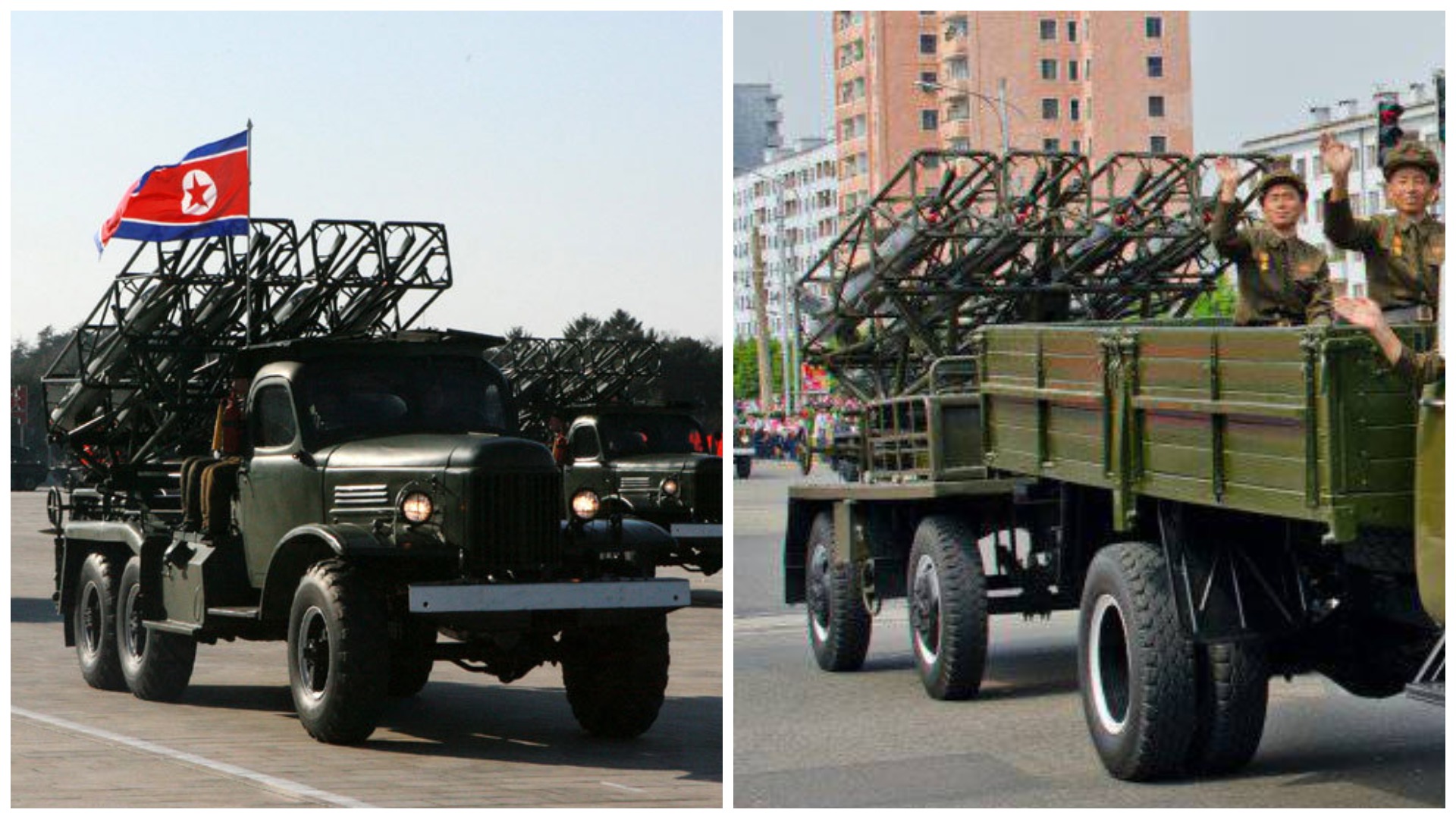
The Soviet BM-24 240mm multiple rocket launchers were delivered until 1959.
The main task of the BM-24 MRL was to neutralize and destroy strongholds, manpower, fortifications, artillery and mortar batteries.
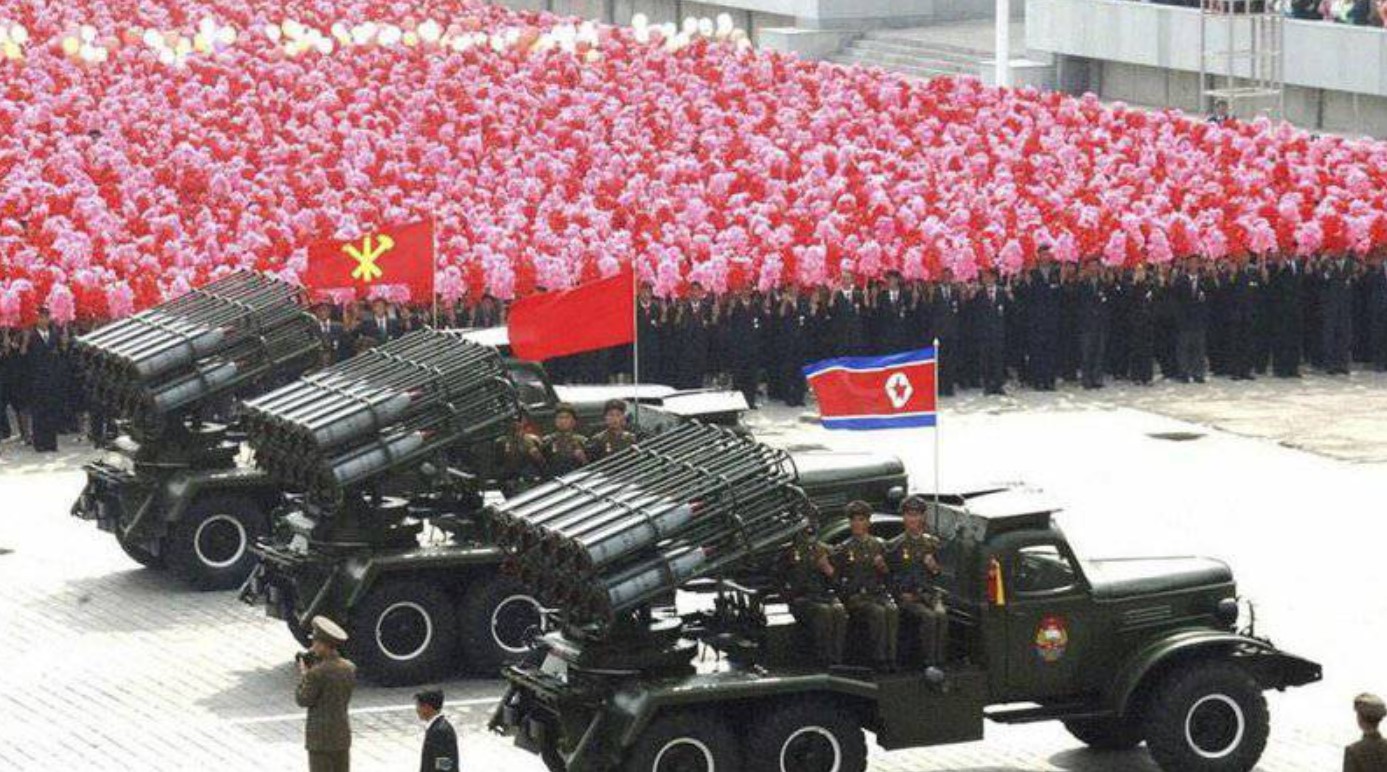
In the 60s, the defense-industrial complex of the People’s Republic of China was involved in the DPRK’s arming.
The Chinese Type 63 107mm 12-round multiple rocket launcher systems start arriving in North Korea.
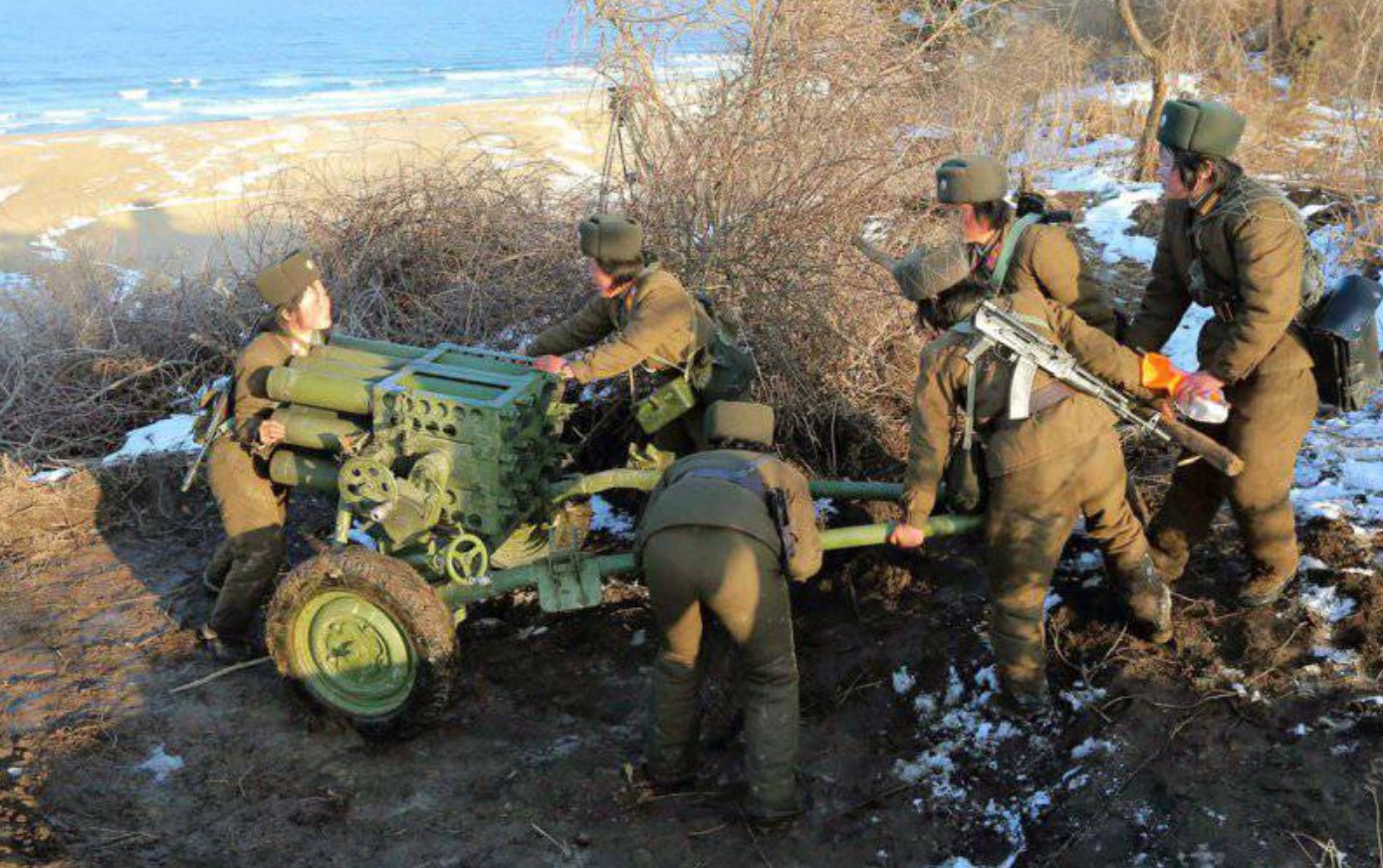
The Koreans localize this towed MRL, give it the Type 75 designation and begin to install it on various vehicles.
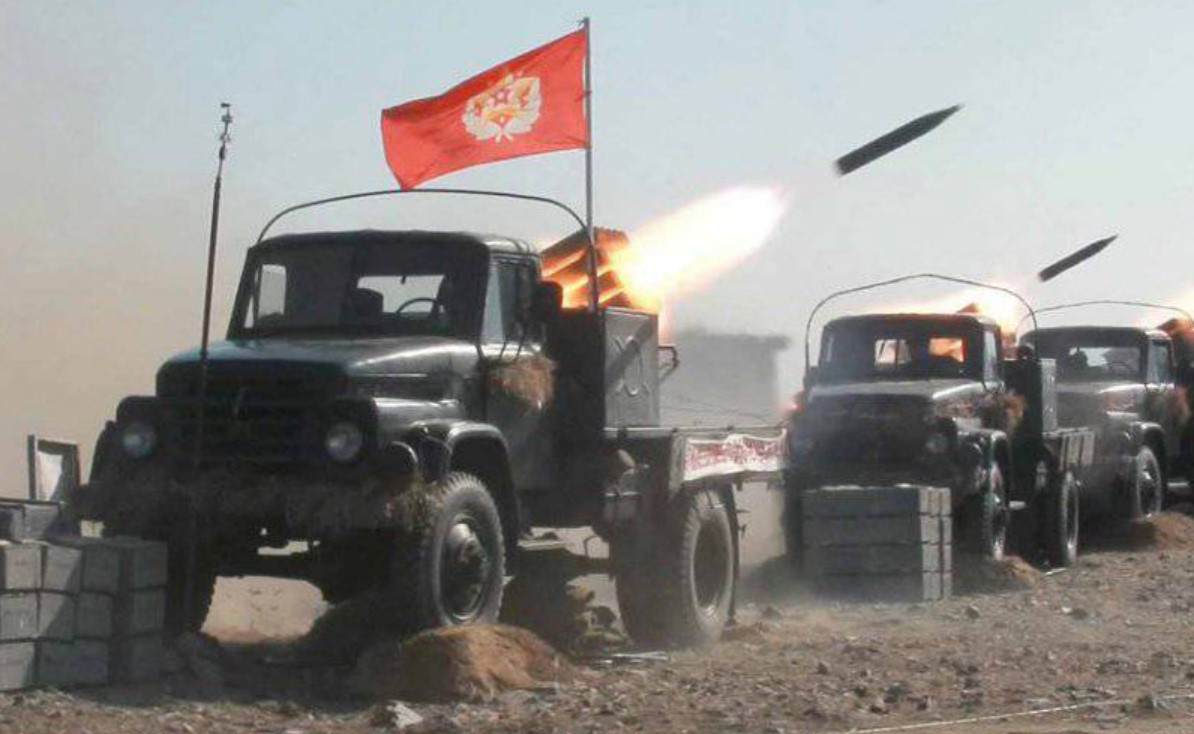
It even reached the point where the Koreans began installing those rocket launchers on M1973 Sinhung VTT-323 armored personnel carriers, which were the copies of the Chinese NORINCO YW 531.
In addition, modified Type 75s rocket launchers could be seen on М-1992 amphibious wheeled armored vehicles during the parades.
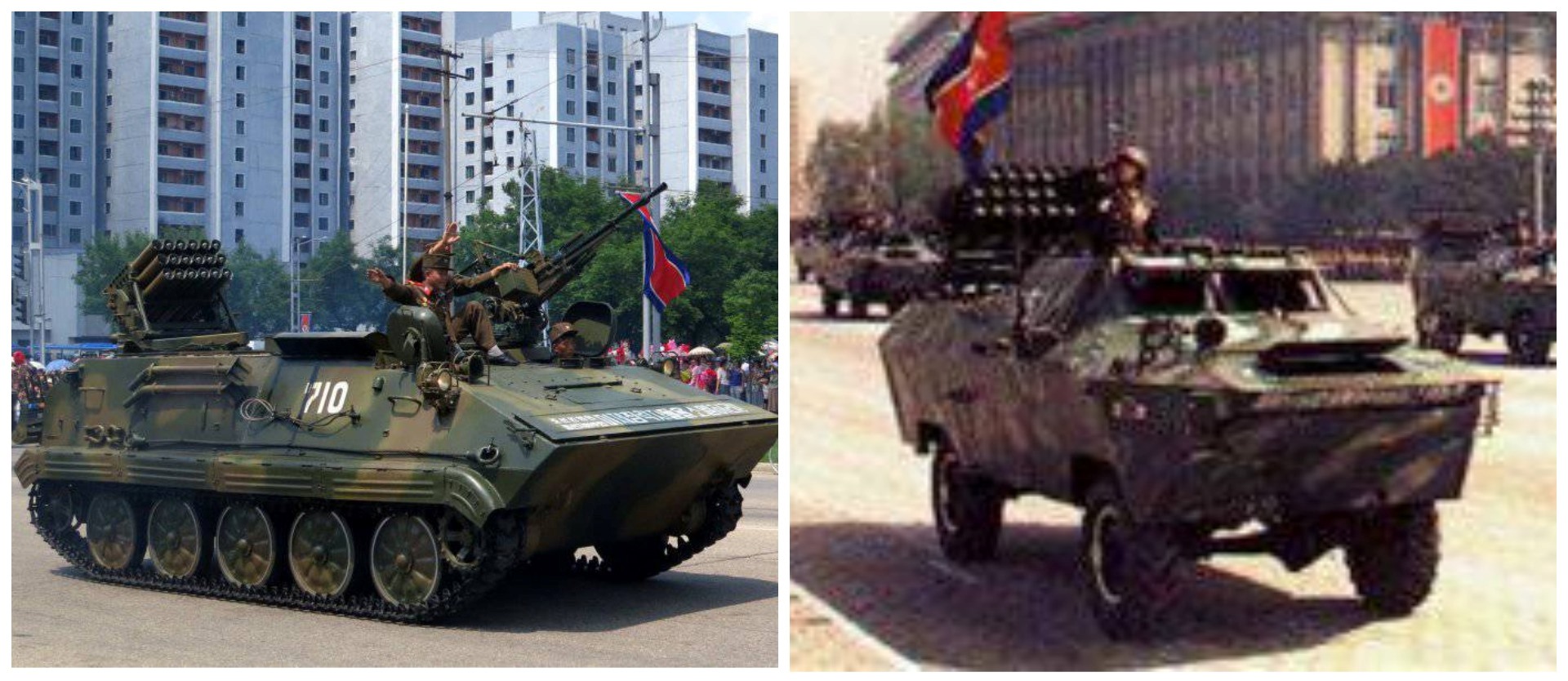
The famous Soviet BM-21 Grad 122mm 40-round multiple rocket launchers began to enter the DPRK in the 70s.
On their basis, the North Korean defense-industrial complex began to create its own 122mm rocket systems.
Various chassis from the ZIS-151, which is a Chinese copy of the ZIL-157-FAW Jiefang CA-30, to the Japanese version of the Isuzu HTW 11 were used.
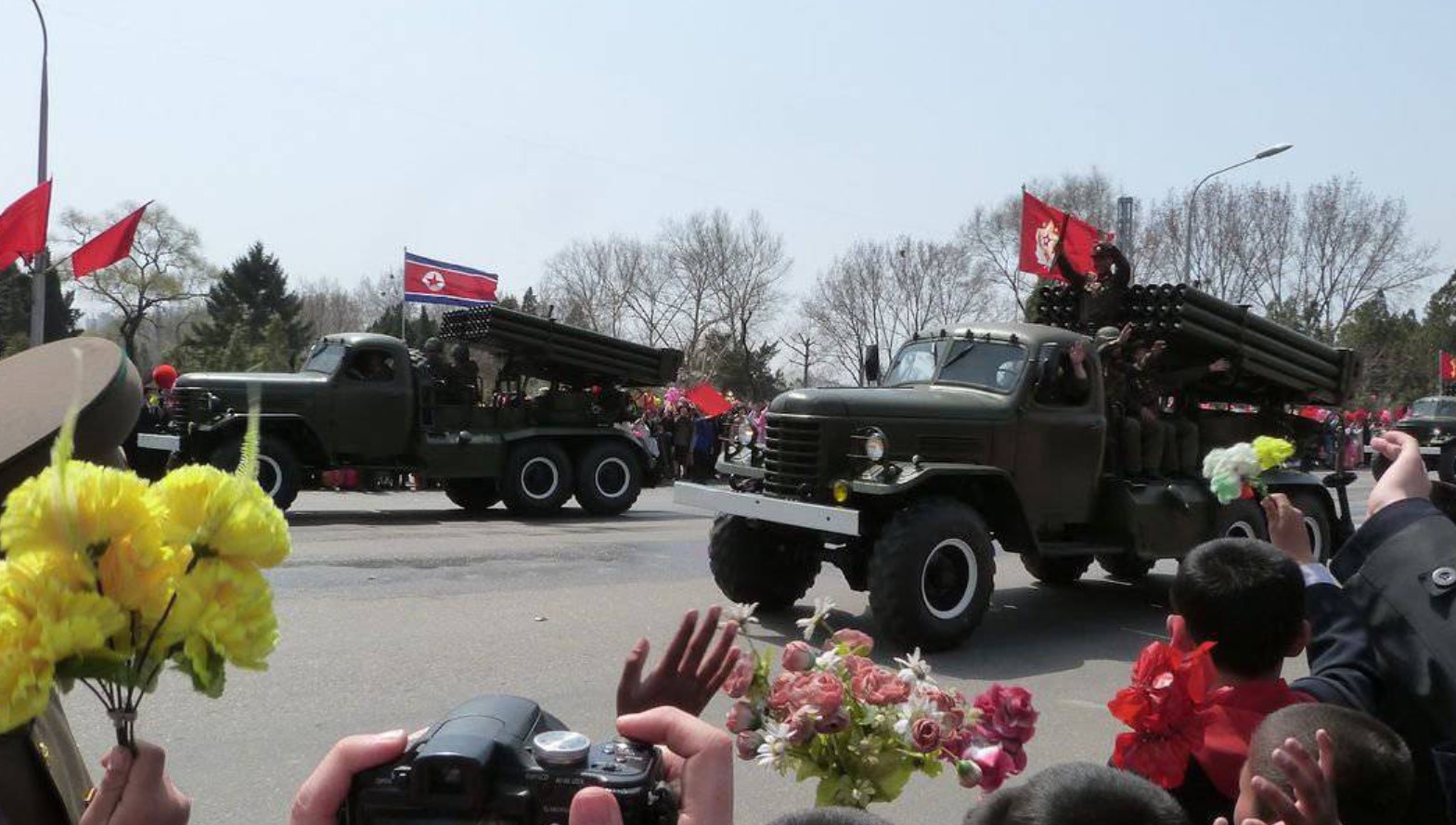
The first MLRS launched in 1973 was BM-11, a 30-round version of the BM-21 Grad, in which 30 barrels were divided into 2 blocks of 15.
There is another option BМ-11 on the chassis of the ZIS-151, where 30 tubes are arranged inline, and not divided into two blocks.
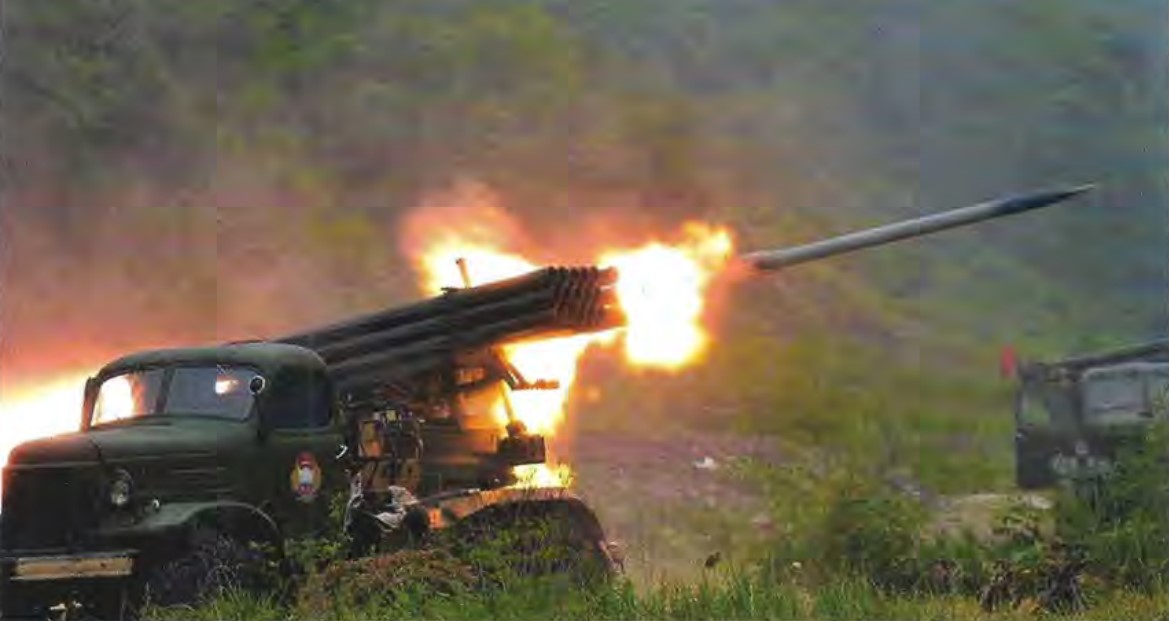
Since the late 80s, the North Koreans have modernized the BM-11, installing it on the extended base of the Isuzu HTW 11 truck.
This truck has an additional multiple rocket package between the cab and the tubes.
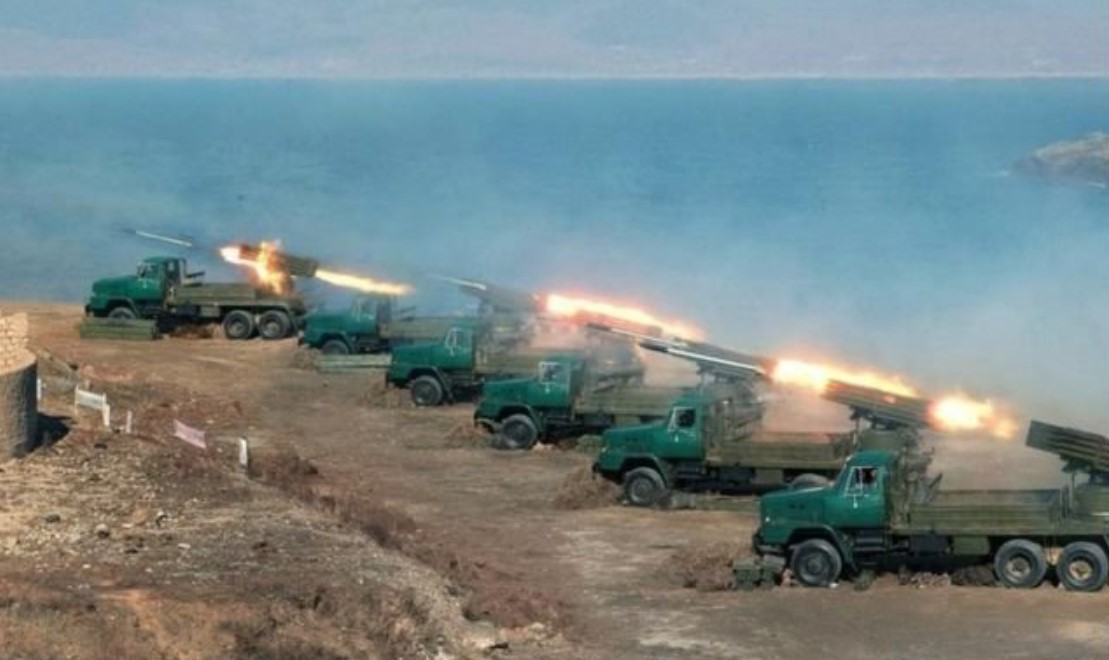
The tubes were again divided into two blocks.
Also, as before, the Koreans created towed 122mm launchers that were transported by tractors.
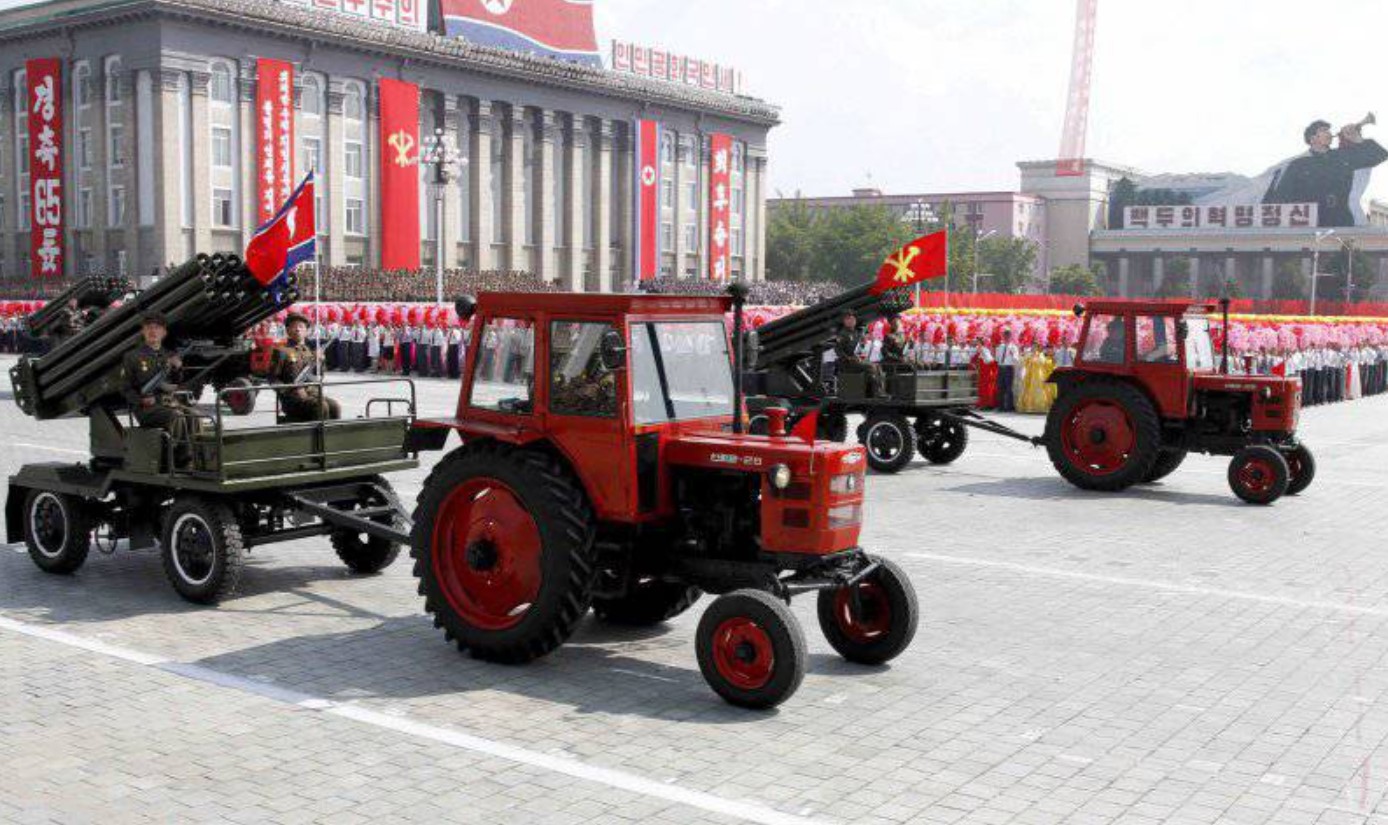
In 2012, the DPRK defense industry complex developed a 122mm MRL unit with 12 tubes on the chassis of a tracked armored personnel carrier of its own production VTT-323.
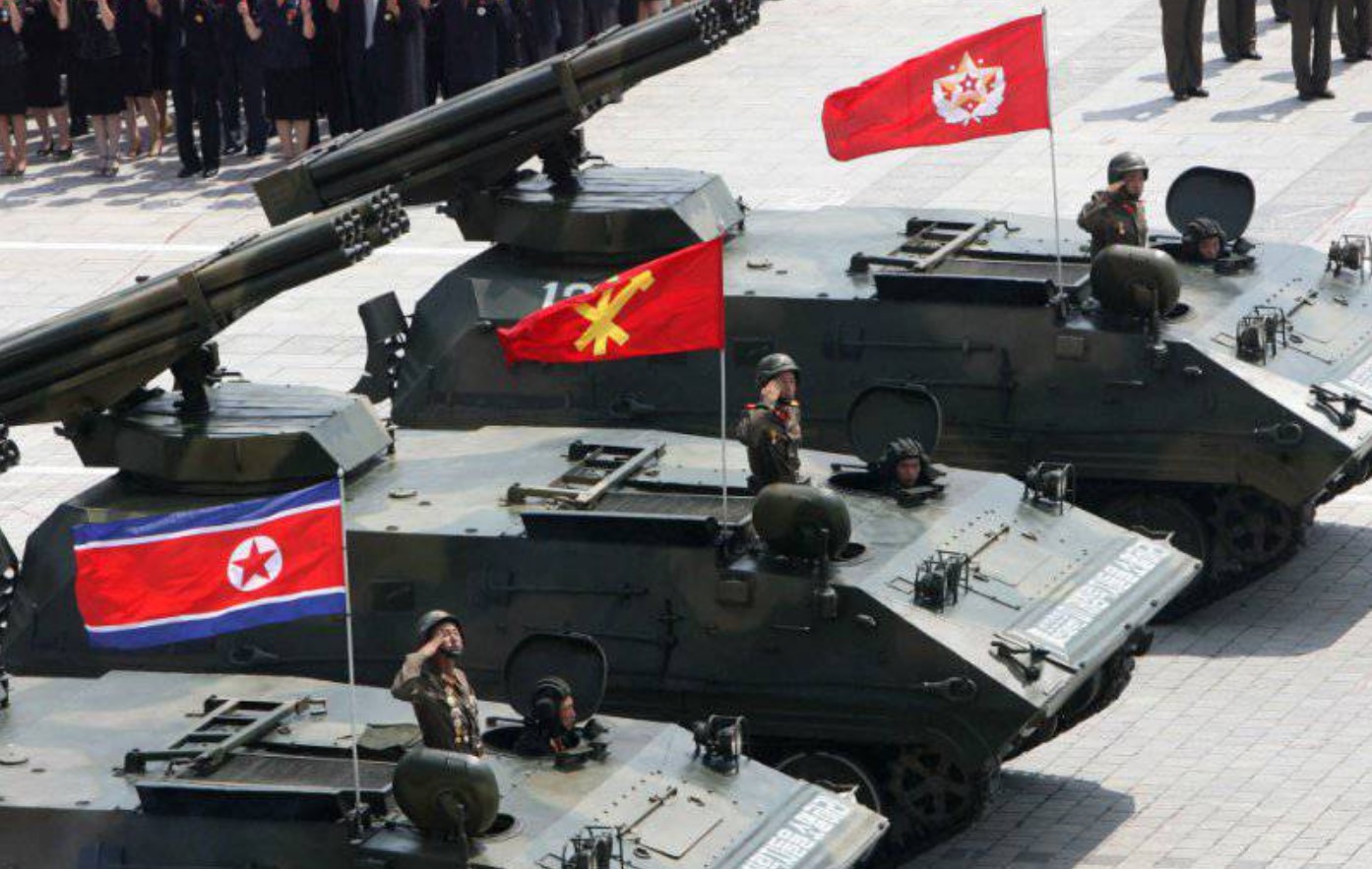
The variant on the new chassis 8×8 cross-country was also developed, which received the name M-1992.
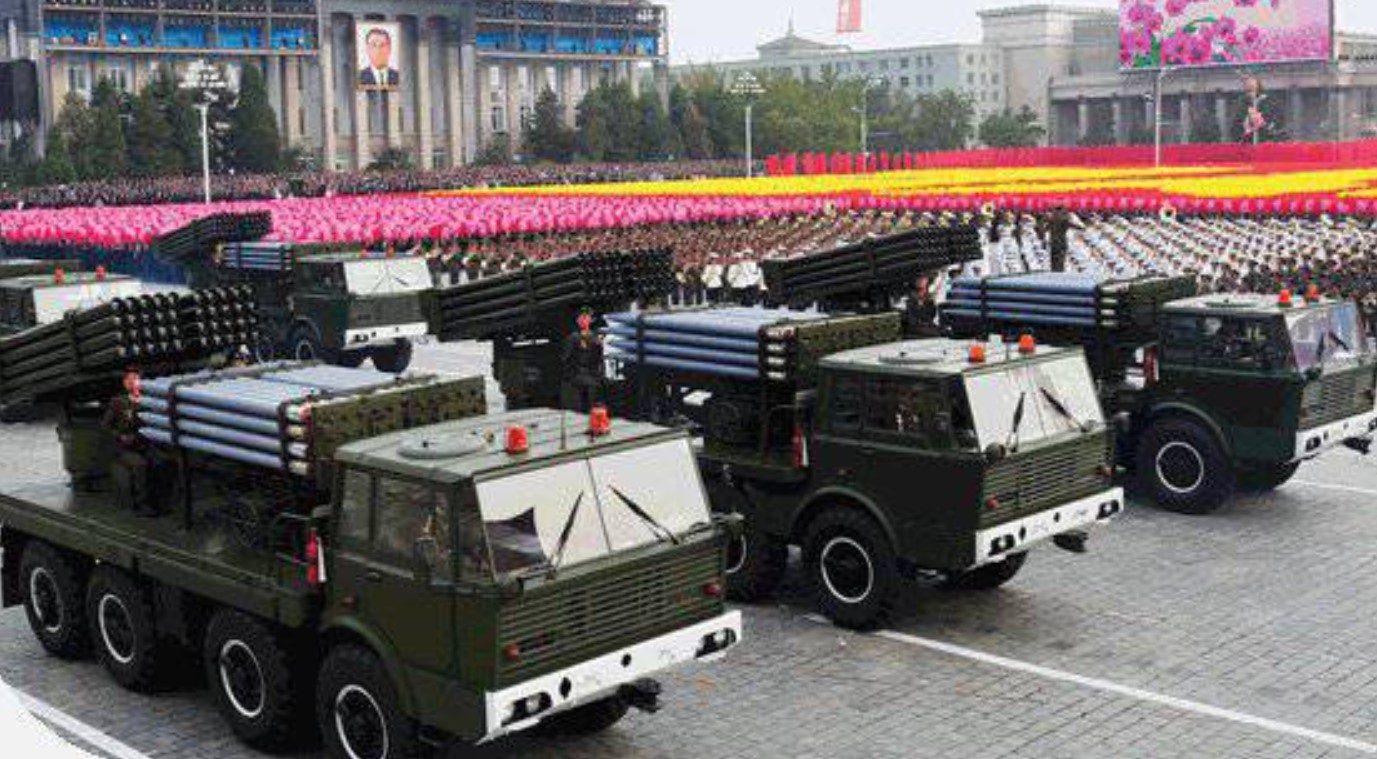
Ammunition production has also been established for these systems in North Korea.
Recently, the top leadership of the DPRK has conducted an inspection of factories for the production of weapons and ammunition.

At one of these inspections, the DPRK leader Kim Jong Un ordered an increase in the production of ammunition.
In 1984, the М-1985 240mm 12-round MLRS was created with a maximum range of 43 km. Its further development was the М-1989 MLRS on the chassis of the Chinese Shaanqi SX2150 truck.
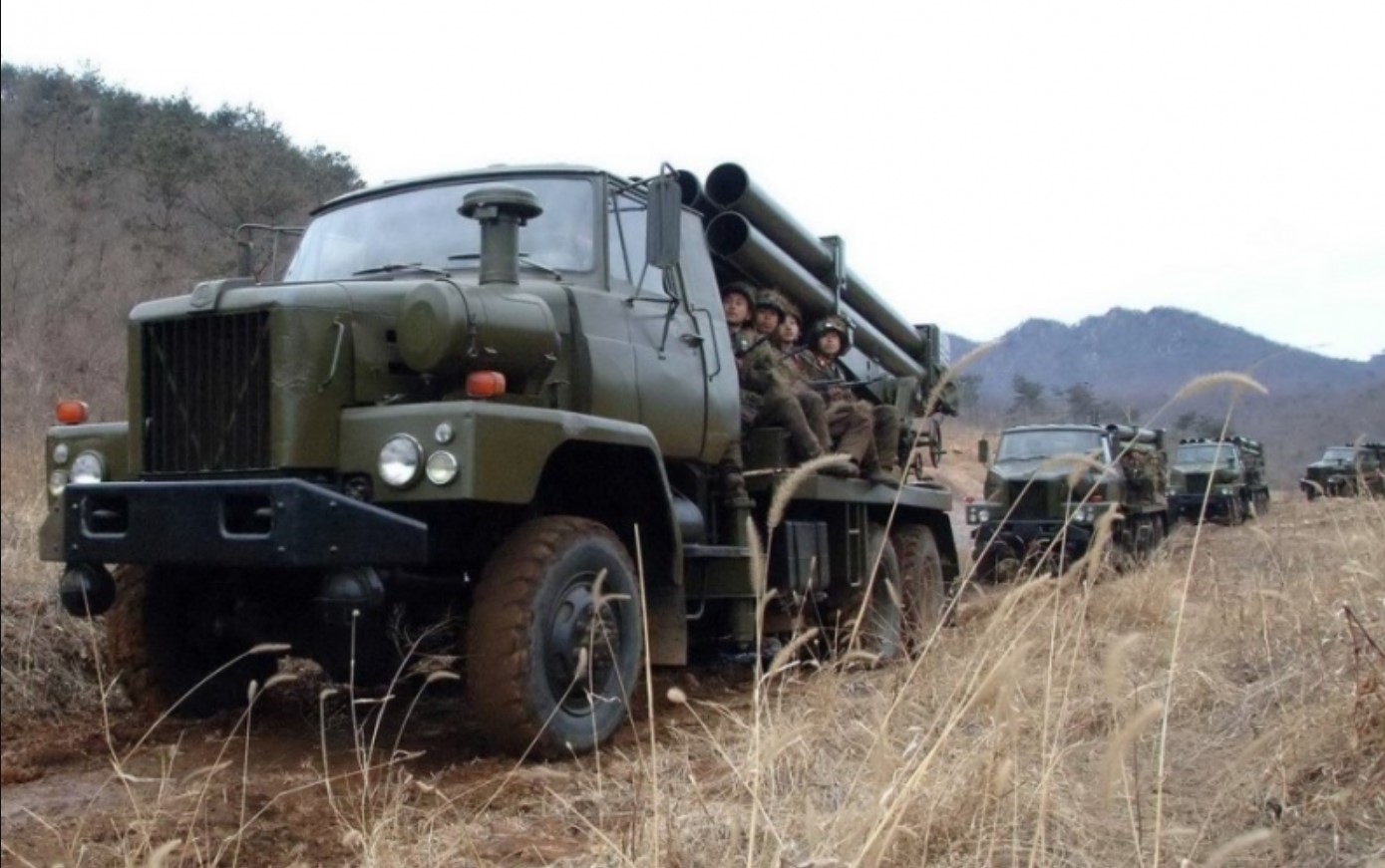
In the 90th, the М-1985 variant was created, which already had 22 tubes on the truck chassis.
In 1991, the M-1991 replaced the M-1985 series MRL.
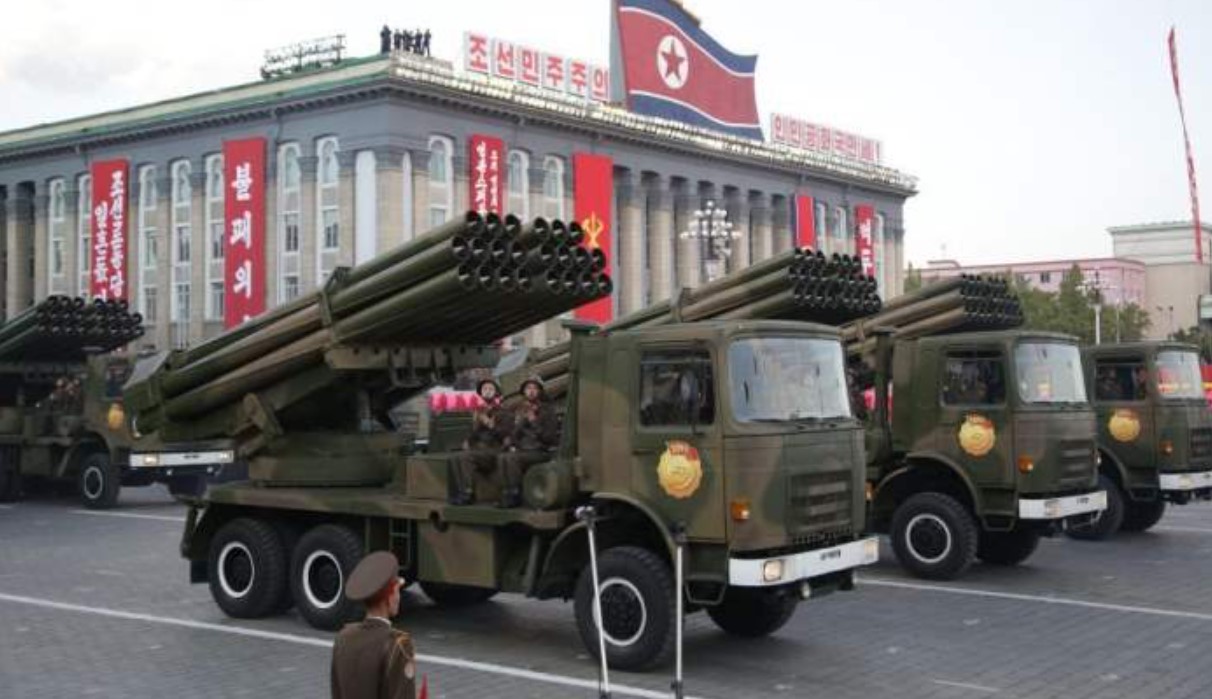
In 2014, a new MLRS was spotted at military exercises in the DPRK.
The real name of this system is unknown, informally the system was designated as KN-09.
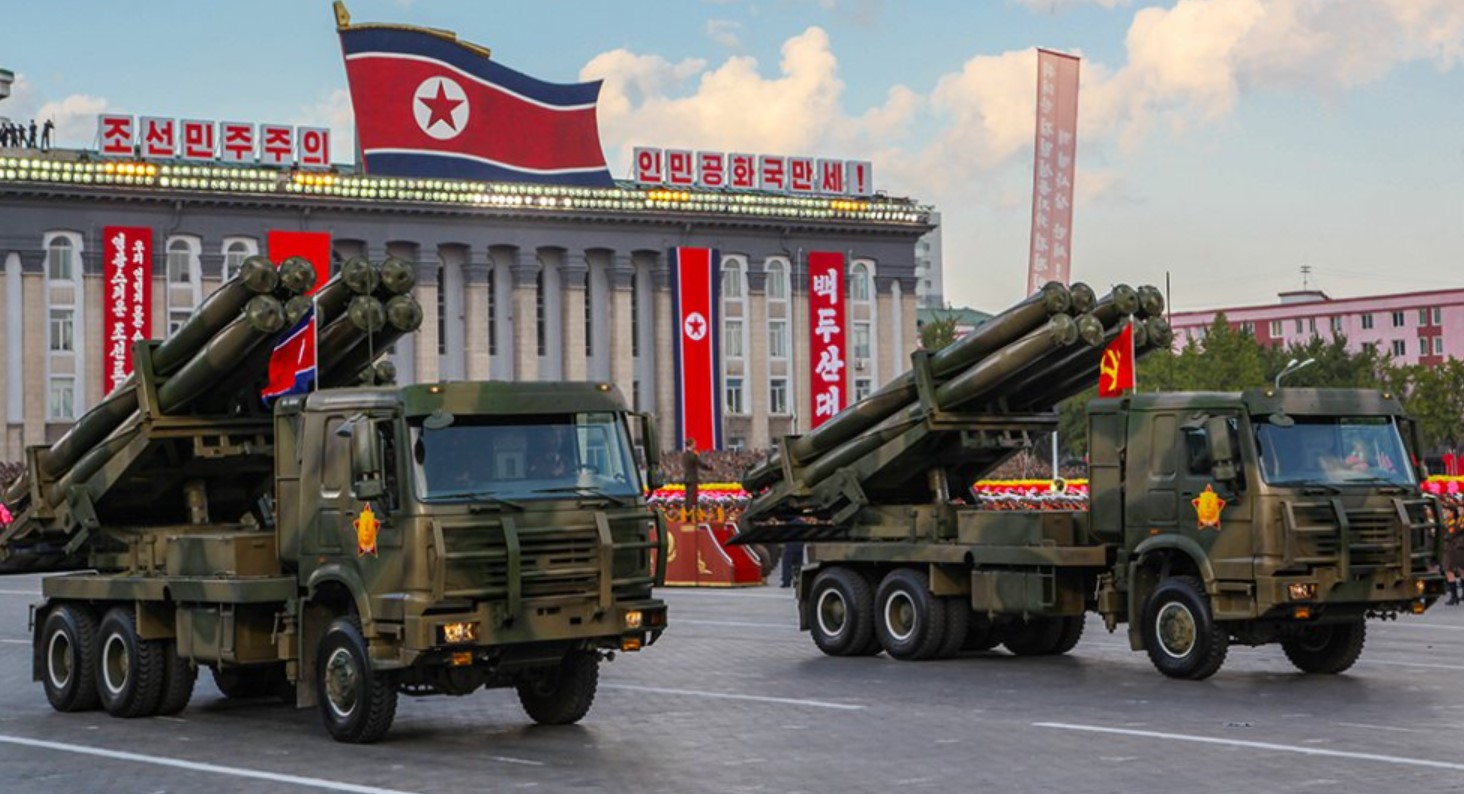
This is a wheeled multiple rocket launcher with a 300mm caliber tubes.
Later, a similar system with 12 tubes appeared.
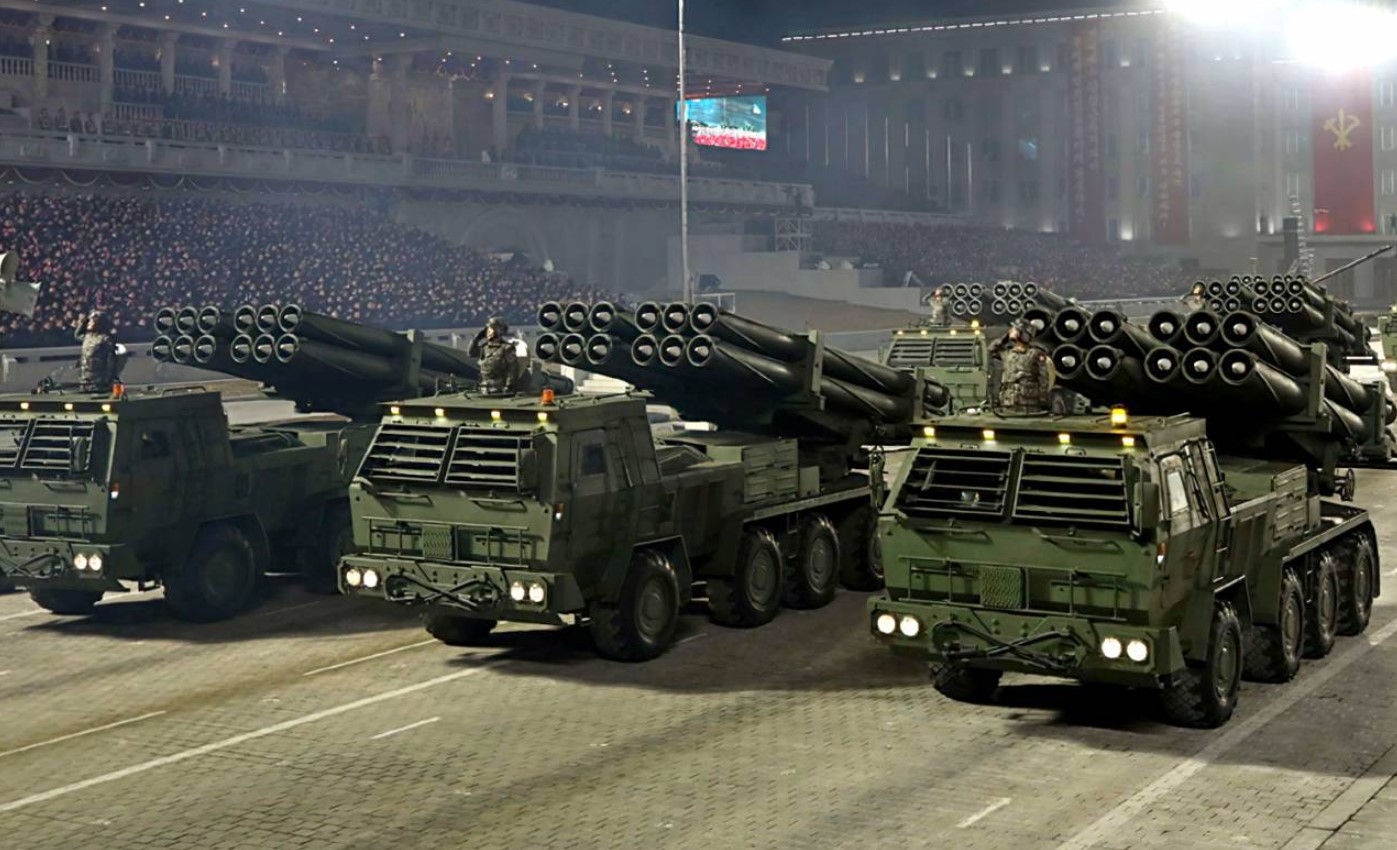
In 2019, the DPRK created an ultra-large-caliber rocket launcher. The MRL received the unofficial designation KN-25.
Initially, the system was based on a tracked chassis, and from 2020 a similar MRL on the wheelbase has been showcased.
KN-25 MRL has a unique caliber – 600mm with a length of about 8 m. The tracked vehicle managed to accommodate six tubes for such rockets: four on one wheel and five on the other.

During the initial tests, two rockets were launched from the east coast of the country to the Sea of Japan.
Both missiles flew approximately 380 km, reaching a maximum altitude of 97 km.
With the creation of the BM-11 North Korea began to sell its MRL abroad.
Israel became the first country against whom MRLs that were manufactured in the DPRK were used.
In 1982, they were spotted during the Israeli operation in Lebanon, then several BM-11 MLRS were captured and withdrawn to Israel.
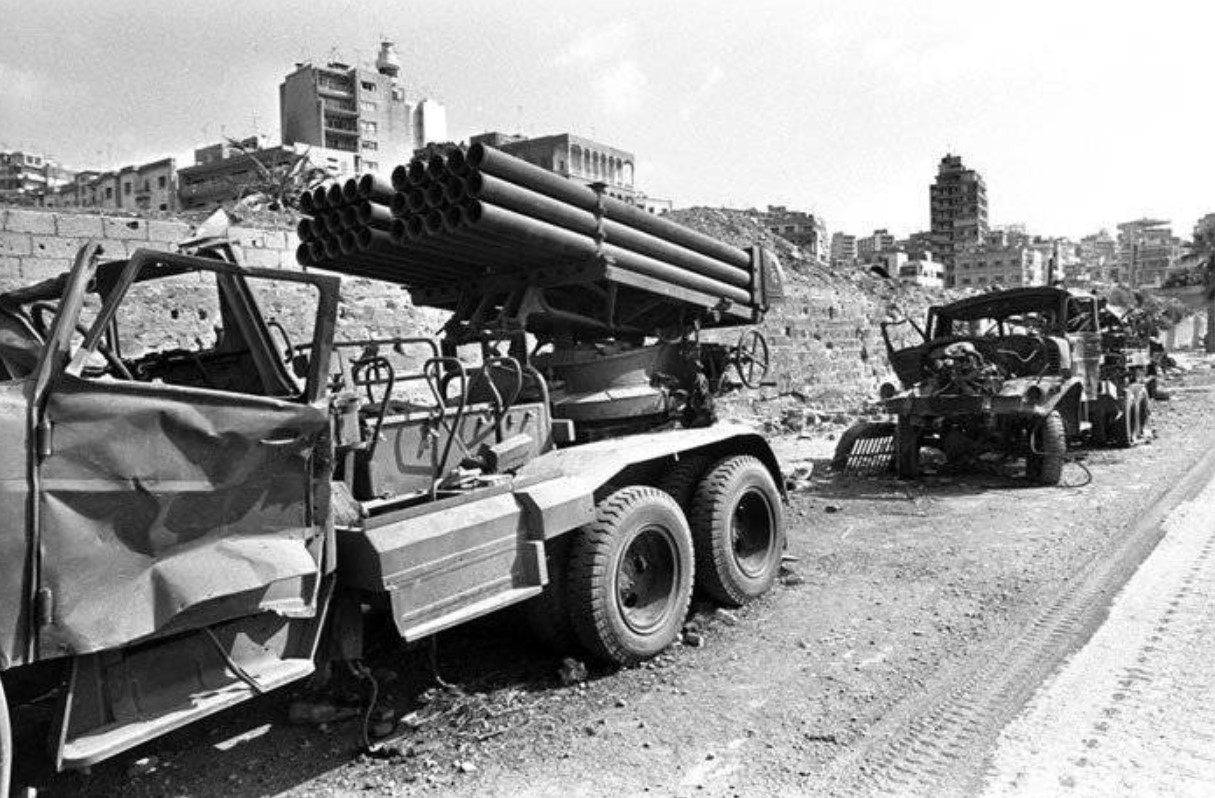
North Korea was also engaged in the supply of its BM-11 MRL to Iran, where they participated in the Iran-Iraq War.
The government of the Democratic People’s Republic of Korea also supplied BM-11 rocket launchers to the Gaddafi regime in Libya.
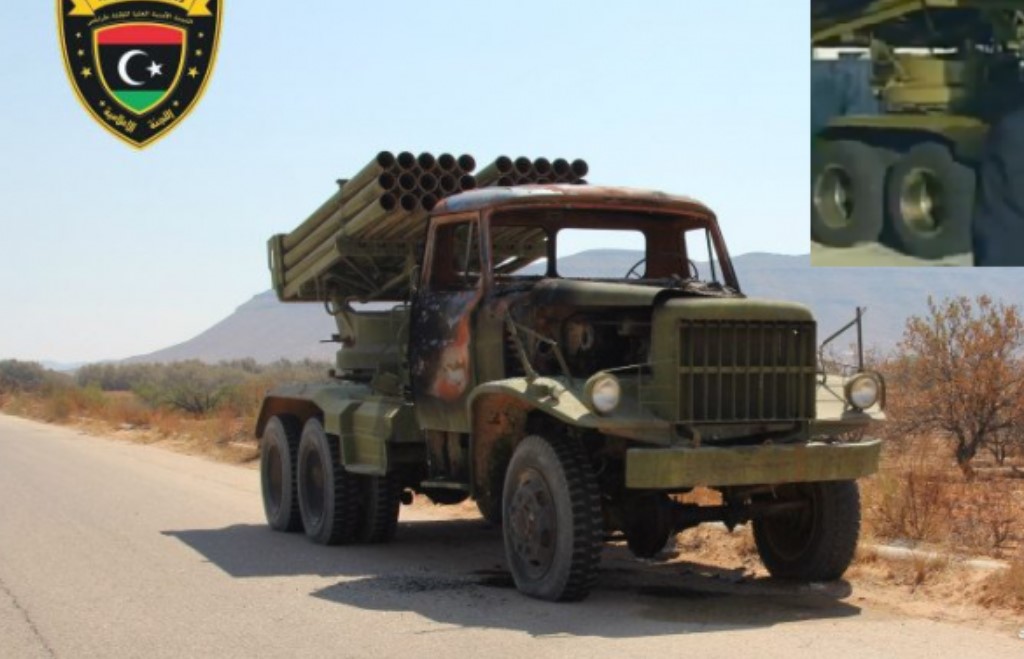
Then DPRK М-1992 122mm MRL were actively sold to Iran, which in turn localized them under the HM-20 designation.
In the 1990s, serial production of North Korean М-1985 MLRS based on trucks called Fajr-3 was established in Iran.
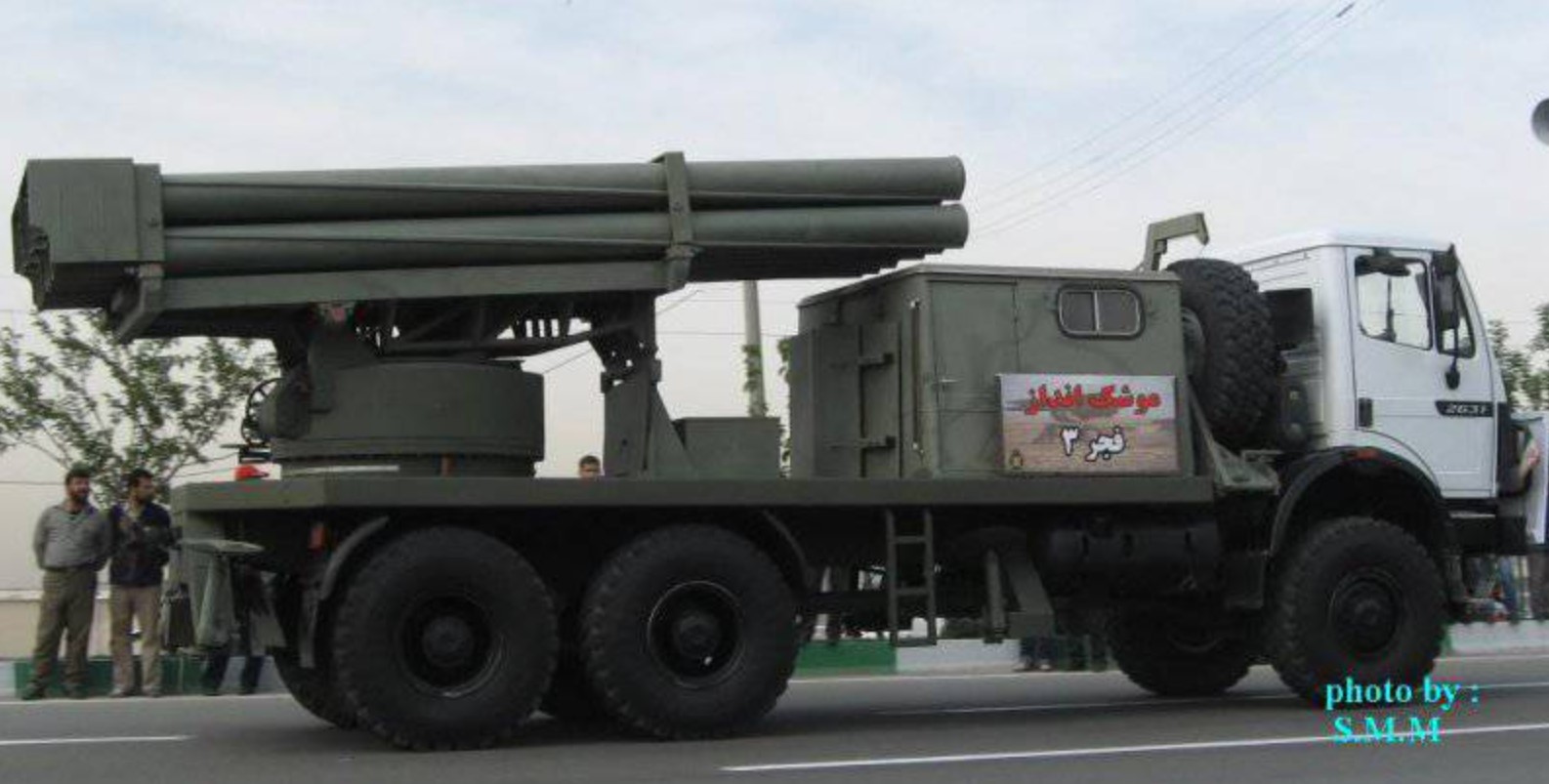
Already in August 2023, it became known that the Russian military was armed with 122mm rockets for the rocket launchers manufactured in North Korea.
The detected North Korean R-122 122mm rockets are used with BM-21 Grad rocket launchers. They are equipped with F-122 fuses.
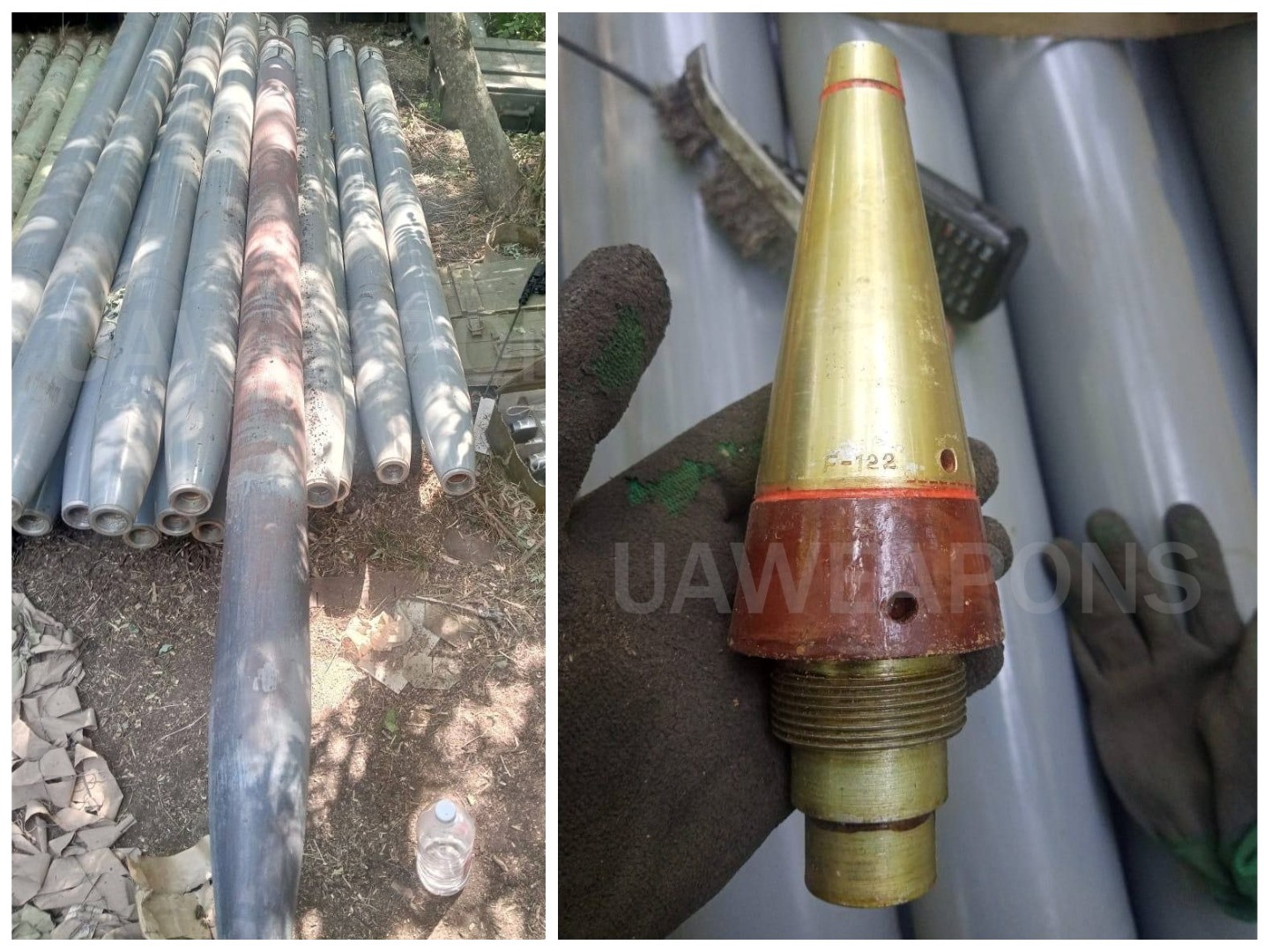
The most likely supplier of these missiles is Iran, who, as known, owns R-122 rockets and actively helps Russia in the war against Ukraine.
The only thing the DPRK can be threatened with for transferring ammunition and artillery to Russia is sanctions.
Cooperation, including arms trade, between North Korea and Russia would violate a number of UN Security Council resolutions against Pyongyang.
On September 14, State Department spokesman Matthew Miller said the United States would not hesitate to impose additional sanctions on Russia and North Korea if it entered into new arms deals.
“We have already taken a number of sanctions against organizations that have mediated arms sales between North Korea and Russia, and we will not hesitate to apply additional measures if necessary,” said a U.S. State Department spokesman.
The Republic of Korea can also impose unilateral sanctions against Moscow if it becomes known about any Russian agreement with the DPRK.
“North Korea’s achievement during the summit of any agreement with Russia related to arms trade will be an extremely serious threat to security and peace on the Korean Peninsula,” said South Korean Foreign Minister Park Jin.
The Ukrainian Defence Intelligence said that North Korean leader Kim Jong Un did not agree to everything that Vladimir Putin asked.
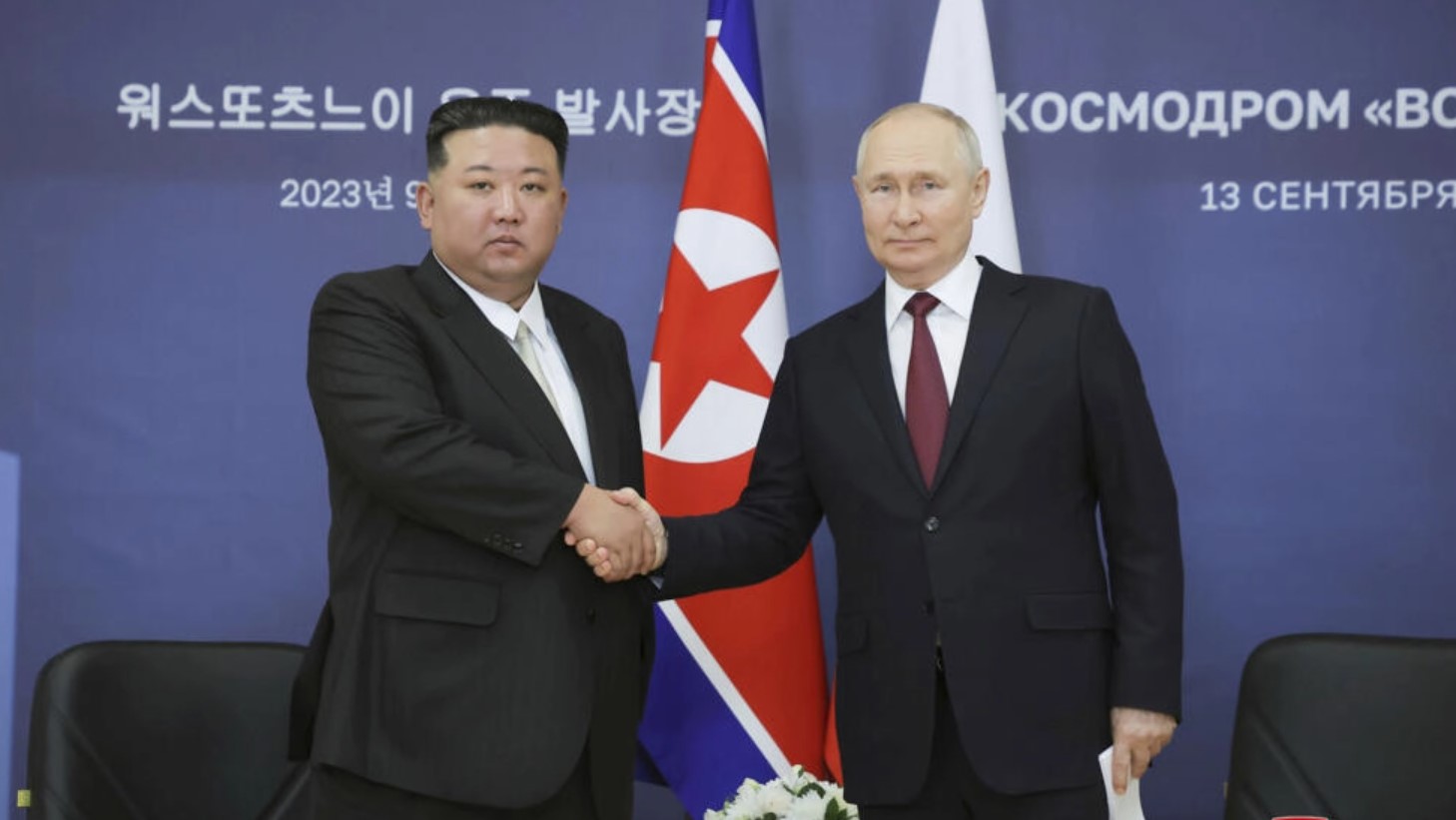
“Militaristic policy and a certain demonstration of its own defense capabilities are part of the public policy of the DPRK. But to a large extent they will not weaken their own potential there,” the Ukrainian intelligence agency said.
Presumably, additional sanctions against Russia and North Korea in the event of new agreements on the supply of weapons will be ineffective against the DPRK and will not stop possible arms sales.
The transfer of artillery ammunition to the DPRK will affect the front. However, the DPRK’s assistance to Russia may push Ukraine’s allies to provide additional military assistance, including what has not been previously provided.
Підтримати нас можна через:
Приват: 5169 3351 0164 7408 PayPal - [email protected] Стати нашим патроном за лінком ⬇
Subscribe to our newsletter
or on ours Telegram
Thank you!!
You are subscribed to our newsletter